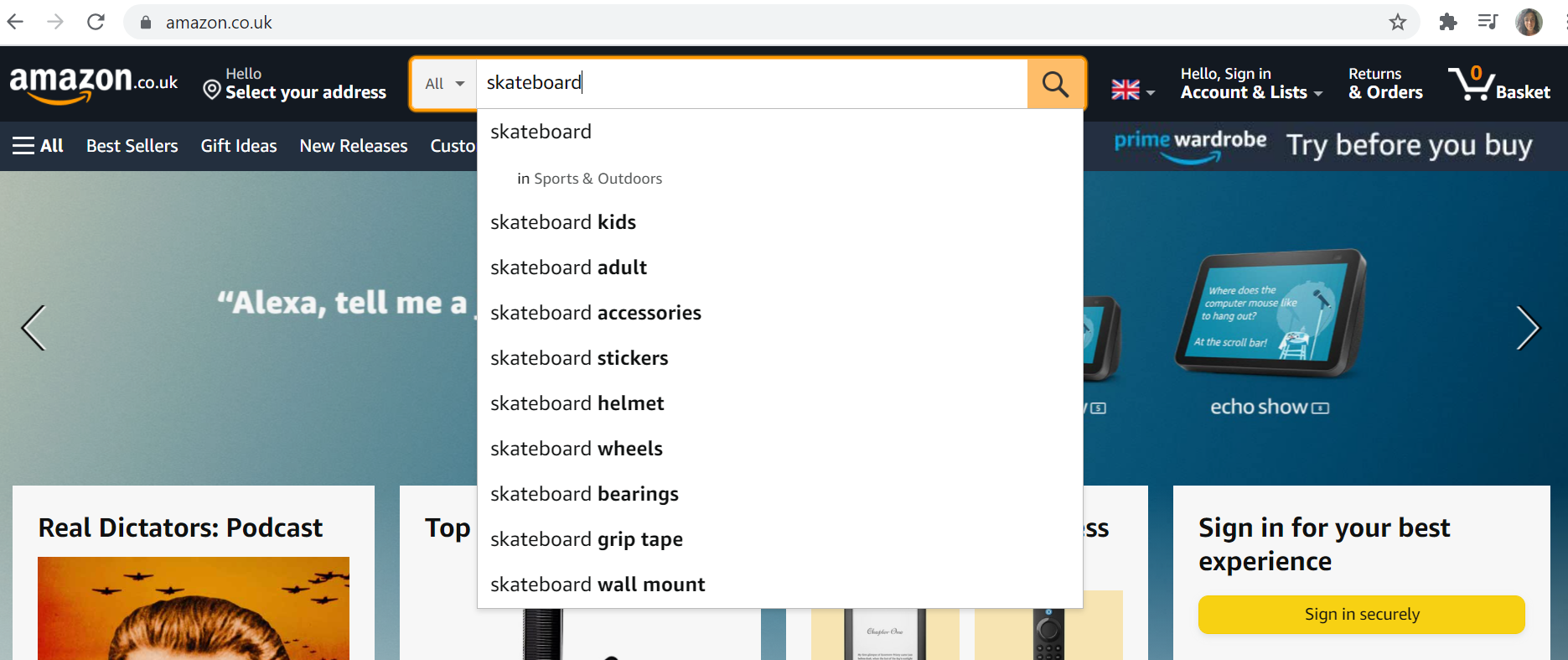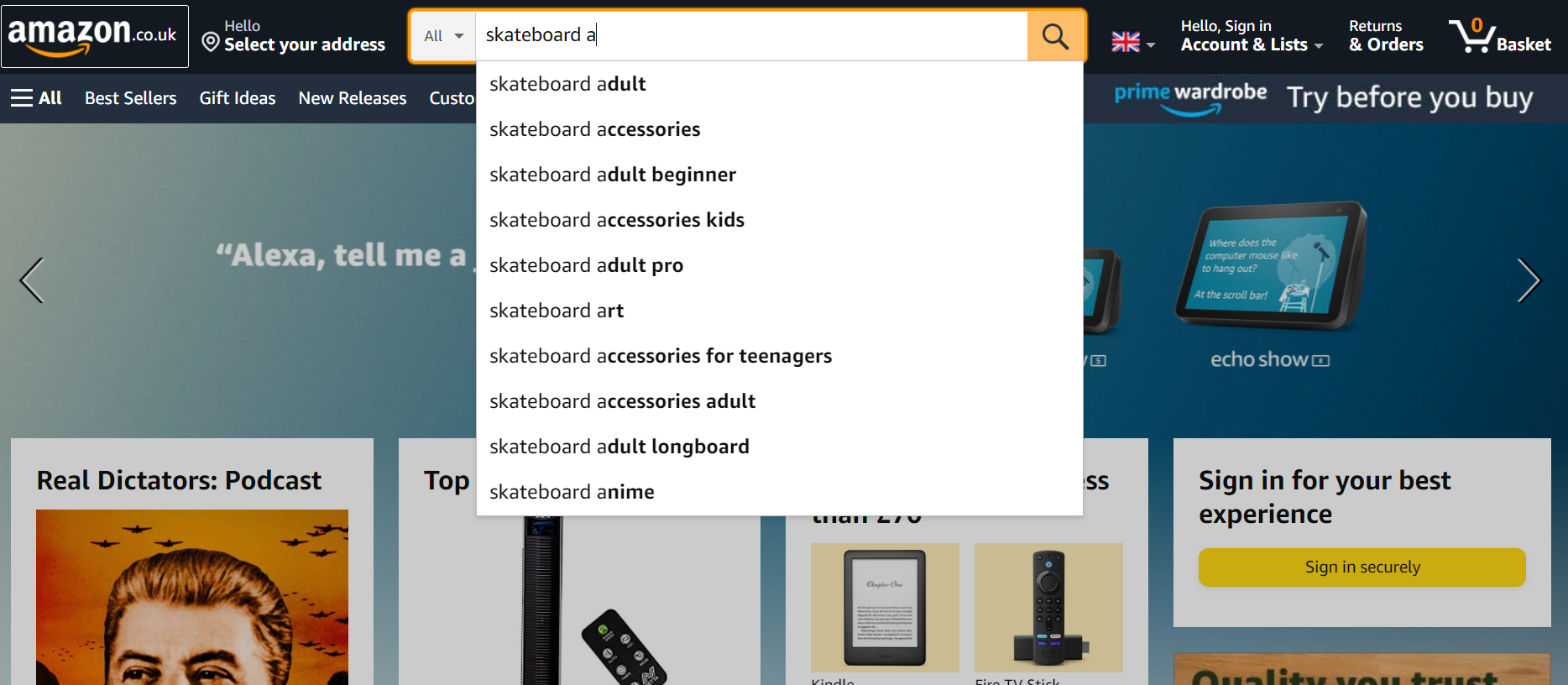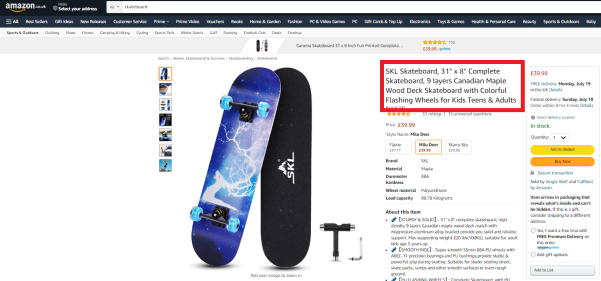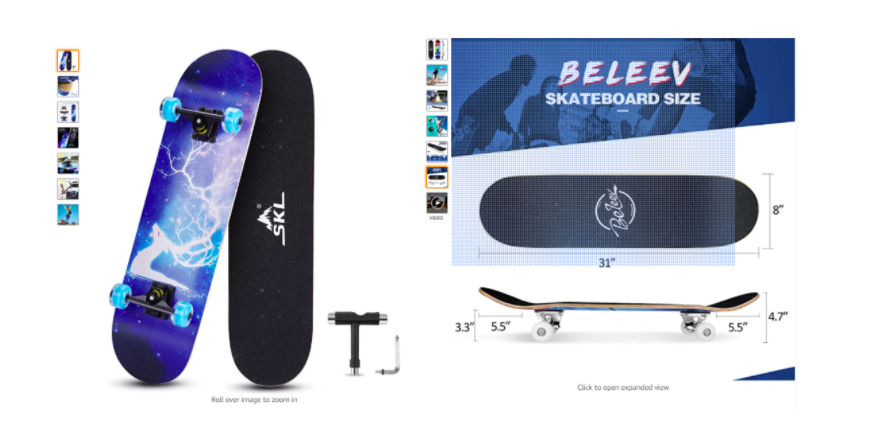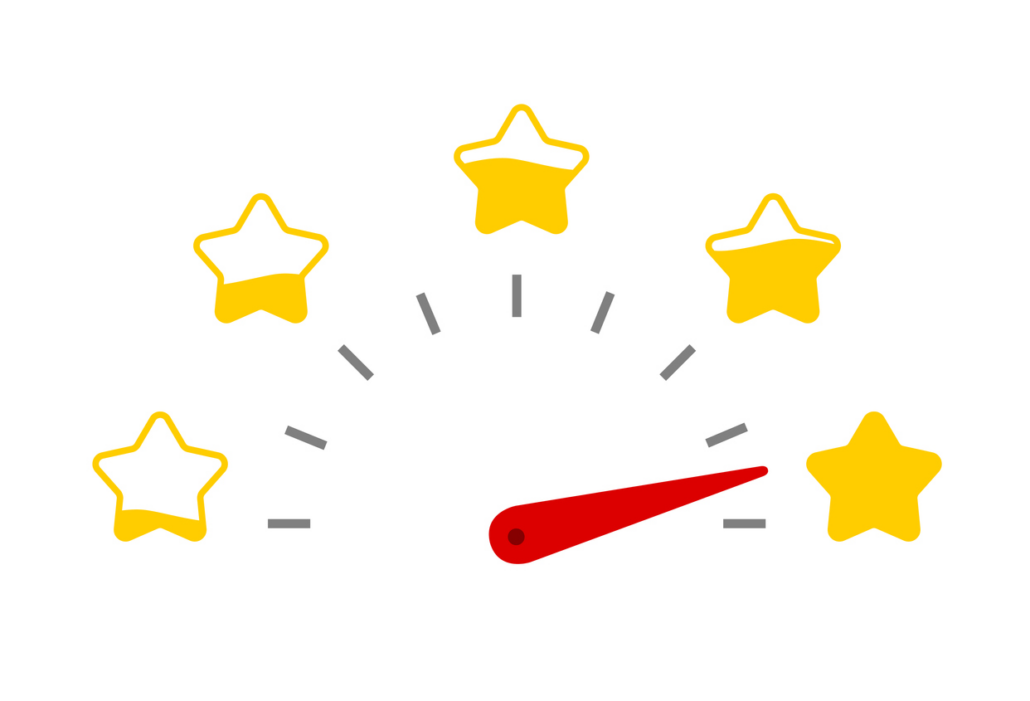Since the creation of Amazon in 1994, there’s been no denying the retail dominance they have played in the retail market. With over 63% of all retail searches beginning on Amazon in 2021, nobody can dispute the power the retail giant has within the online market.
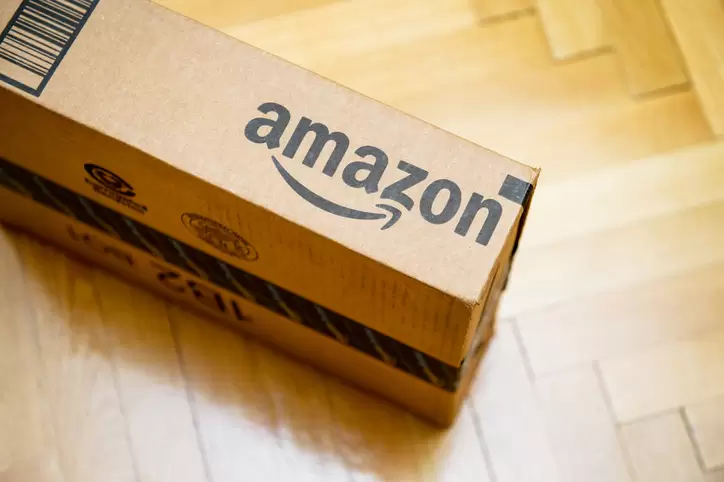
So, if you’re selling a product on Amazon, how do you get visibility for your product? It’s easy to assume that SEO is just for Google and other search engines but there are many Amazon SEO tactics you can adopt to ensure your product is optimised and therefore lists higher up the Amazon rankings. Failure to do this right or at all will result in less traffic and fewer sales.
To start taking you through how to effectively optimise your Amazon listing, let’s start by looking at the algorithm Amazon use:
Amazon’s Algorithm
The algorithm Amazon uses is called A9, and unlike Google, pretty much every search that’s completed has one sole purpose, transactional. This ultimately makes Amazon’s job simpler than Google’s as there is only ever one intent behind the search. This also means that Amazon places much more of a focus on key phrases, which Google has evolved to focus on less and less.
The A9 algorithm is based on just 2 main aspects:
- Relevancy
- Performance
By ensuring you are optimising your listing based on these 2 factors, you’ll end up converting more users. These 2 factors will be addressed in more detail later.
There has been speculation that Amazon is now using their A10 algorithm but nothing has been officially announced – just watch this space!
Keyphrase Research
Let’s start by deciding how to complete key phrase research on Amazon, as keywords are such a strong focus for Amazon, it’s important that the keyphrase research is done right. Let’s take an example of a skateboard retailer. bring up an excel document and type in phrases you feel are relevant to you, like:
- Skateboard
- Skateboard for boys
- Skateboard Decks
- Skateboard Bearings
- Complete Skateboards
Use Amazon search bar for further suggestions. Here we can see 10 variations.
Note down these variations and then type in your product followed by each letter of the alphabet e.g .
This will provide you with ideas for longer-tail keyphrases. Then keep inputting until your struggle to find any more variations. Then once this is complete. Use the listings themselves to uncover further ideas:
E.g seasonland skateboard, skateboard maple wood, 31 x 8 inch skateboard.
Therefore the result showed that including specific materials and sizes are also worth targeting,
Once you have your list of key phrases tools such as ahref’s keyword explorer will help you determine Amazon’s monthly search volume for these phrases
Once you have analysed Amazon to help form your keyphrase research, next use Google’s results, type in ‘skateboard’ into Google and then analyse what the top results are ranking for using ahrefs or semrush:
Now you should have a thorough list of keyphrases and have an idea of the phrases you wish to target.
Amazon Product Titles
Amazon heavily relies on product titles to understand the focus of each listing. Amazon’s A9 algorithm takes account of the keywords in the title more heavily than in the product description, so it’s important the product title includes your focus keywords.
The guidelines from Amazon is that your product title should follow the recommended format:
(Brand + Model Number + Model Name + Product Type).
It should also include your targeted keywords. Other recommendations include:
- The letter of each word should be capitalized.
- The product title should be kept within 200 characters
- Spell out measurement words like inch, kilo, ounce, etc
- Ensure to list the benefits and be as descriptive as possible
- Ensure all numbers are in numerals
- Don’t use any ampersands unless it is included within the brand name
- If the size isn’t relevant to your product don’t include it in the product title
- If your product doesn’t come in various colours, don’t list the colour
- Include the brand name, manufacturer and model numbers
Amazon Product Images
As performance plays a huge part in the success of your Amazon rankings, your images are one of the most important aspects of performance, Following these guidelines should help you create an optimised and successful listing:
- Your images need to be at least 1000 pixels wide or tall. You can’t make your images bigger than 10,000 pixels on the longest side.
- The product should fill 85% or more of the frame.
- All product photos should have a pure white background.
- Amazon does prefer JPEGs but you can upload your files in PNG, GIF or TIFF files also.
- Both sRGB and CMYK colour modes are accepted.
- The file name should include the product identifier (this is your Amazon ASIN, JAN, EAN, 13-digit ISBN or UPC).
Amazon Product Description & Bullet Points
Your product description gives you the chance to provide more information to your users about your product. This is your opportunity to be detailed and persuasive, whilst also including your important keyphrases.
Top tips – Consider who you are selling to and write your description accordingly. Try to keep it simple but don’t oversell.
Do NOT include:
- The condition of the item
- Availability details
- Any reviews / testimonials /quotes
- Promotional material
Example of a good product description
We have provided below an example of a good product description for a skateboard:
Note that the product description does not oversell, it includes facts and entails about the product including material, bearing capacity and size of deck.
Backend Keyphrases
Amazon gives you the opportunity to list some keyphrases in the backend that you haven’t included within the listing itself. These will count towards rankings.
Amazon allows you 250 characters maximum in length for your backend keywords it also provides you with 5 lines to input them, so cover all your variables. Just be aware of the following when you’re adding them in:
- The order of the phrase isn’t important as Amazon will consider them as ‘phrase match.’
- Include just singular or just plural versions, you don’t have to include both,
- Just include one keyphrase, there is no need to repeat any.
- Amazon automatically matches any misspellings so don’t include any incorrect spellings of keypharses.
Understanding Your Conversion Rate
As conversion rate plays a key factor in where your listing is ranked in Amazon, it’s important to try and understand it’s performance.
The best place to try and locate your conversion data is to check your Seller Central’s Sales Page. If you look at ‘Traffic’ under the ‘Business Reports’ and ‘Reports’ section, here you can find the ‘Unit Session Percentage’, which is essentially the number of units that are bought per visit. This is your closest data to determine your conversion rate.
If the conversion rate needs improving (a good conversion rate is considered to be between 10% and 15%) and you believe your product can do better, then it’s time to revisit some of the aforementioned relevance factors to see if you can appear higher in Amazon searches.
Amazon Pricing
As previously stated, as performance plays such an important role in successful Amazon rankings it’s important to be aware of competitor pricing for similar products also.
If there are many products in the same category that are selling for less than yours, then two things likely will happen:
- You won’t sell as many as those similar products
- Amazon’s algorithm will prejudge that your product likely won’t sell as many as the others
In either case, you’ll suffer from a lower Amazon search ranking.
Amazon Reviews
Amazon reviews are also very important, they don’t directly impact rankings but have a tremendous impact on performance which does. Shoppers no longer rely on word of mouth and look at reviews for filling this gap. Reviews are able to build trust with your audience to help them make an informed purchasing decision.
While reviews may not be the most important factor in Amazon rankings, they greatly influence conversion. 22% of shoppers won’t look anywhere else once they’ve identified an Amazon product they want to buy, and reviews are a major push when it comes to purchasing decisions.
If you’d like to get more of your customers to leave reviews on your Amazon product page, simply send them follow-up reminder emails after a purchase, asking them to leave a review for what they just bought from you.
Helpful Don’ts
Now you know what to do, it’s also important to take you through what not to do! We have listed below some recommendations to steer away from:
- Don’t include your competitor’s brand name or any misleading information: Including keywords that are misleading are against Amazon’s Terms of Service, and can lead to product removal and account suspension.
- Don’t keyword stuff: Amazon calls this “providing redundant information captured in other fields”. With Amazon SEO, more is not always better. Don’t repeat your keywords.
- Don’t use punctuation in keywords: Only use a single space to separate keywords, no commas, semicolons, dashes, etc. Anecdotally, including punctuation can reduce the number of keywords that your product ranks for.
- Don’t add common misspellings, variants, or synonyms: Amazon captures common related words, so no need to include those in your keywords section.
Other Ways To Boost Performance
As you may have gathered, as Amazon relies on performance as a ranking factor, it’s best to try and boost your sales from the absolute start. Now that your listing is well optimised, it’s time to drive your sales, as nothing will boost your ranking like cold hard sales can.
Two of the best ways to increase sales are:
- Running Amazon PPC (pay-per-click) ads
Paid advertising is a great source of traffic and extra sales to help rank your products. You can also use Facebook or Google Adwords but Amazon PPC is the easiest way to boost your keyword-driven sales. Just visit here for more information.
- Using launch services and deal websites to attract buyers
Another way to generate sales quickly is by offering coupons and promo codes to buyers. Third-party agencies can always help you with this, such as JungleScout which is an all-in-one platform for finding, launching, and selling products on Amazon.
Final Thoughts
Now you know what Amazon’s A9 algorithm focuses on to determine its results, you will have a much better chance of appearing higher up its rankings. By successfully completing your keyphrase research and optimising your product titles, descriptions you are carrying out all the necessary optimisation techniques to give you a good foot in the door. The next step is just to increase performance and you should see yourselves climbing up those Amazon rankings.
Alternatively, just speak to us and we can provide you with some guidance, just let us know how we can help.

